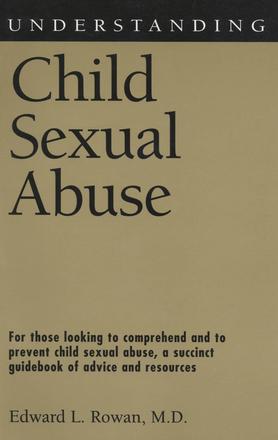
Understanding Child Sexual Abuse
For those looking to comprehend and to prevent child sexual abuse, a succinct guidebook of advice and resources
Description
The number of confirmed cases of child sexual abuse in the United States rose from 6,000 in 1976 to 113,000 in 1985 and rose again to 300,000 in 2000. Understanding Child Sexual Abuse explores the dynamics, effects, treatment options, and preventive measures available to both the children and the adults involved in child sexual abuse.
Chapters provide emphasis and guidance on seeking counseling; pathways for victims to seek renewed, healthy, and productive lives; options available for rehabilitating abusers; personality traits common to abusers; victim responses to the trauma of abuse; outlines of work now underway to understand neurobiological aspects of disorders that may lead to abuse; appropriate treatments for victims and offenders; and an overview of recommended books, websites, and other resources for further reading.
Reviews
"Retired psychiatrist Rowan tackles both sides of society's sexual abuse problem: the victim and the offender. His approach may best benefit the therapeutic community; victims of child sexual abuse or their parents may find some topics difficult. For example, Rowan discusses a 1998 article by researchers at Temple University that concludes ‘while child sexual abuse was morally and legally wrong and obviously devastating to some individuals, it was not inherently and inevitably harmful. ’ The group proposed that child sexual abuse be called ‘adult-child sex’ unless problems result. On the other hand, Rowan does an excellent job of detailing potentially profound and lasting changes in survivors' ability to regulate emotion, and in cognition and memory. He also addresses treatment approaches for victims, including medication; standard psychotherapy; cognitive, behavioral and exposure-based therapies; and the controversy surrounding recovered memory therapy. One chapter covers treating the offender, ending with the discouraging news that treatment doesn't seem to decrease the rate of recidivism. Prevention is an equally elusive goal, with Rowan urging parents to educate kids on the danger of sexual abuse, highlighting the new prevention programs of the Catholic Church and the Boy Scouts. "
- Publishers Weekly